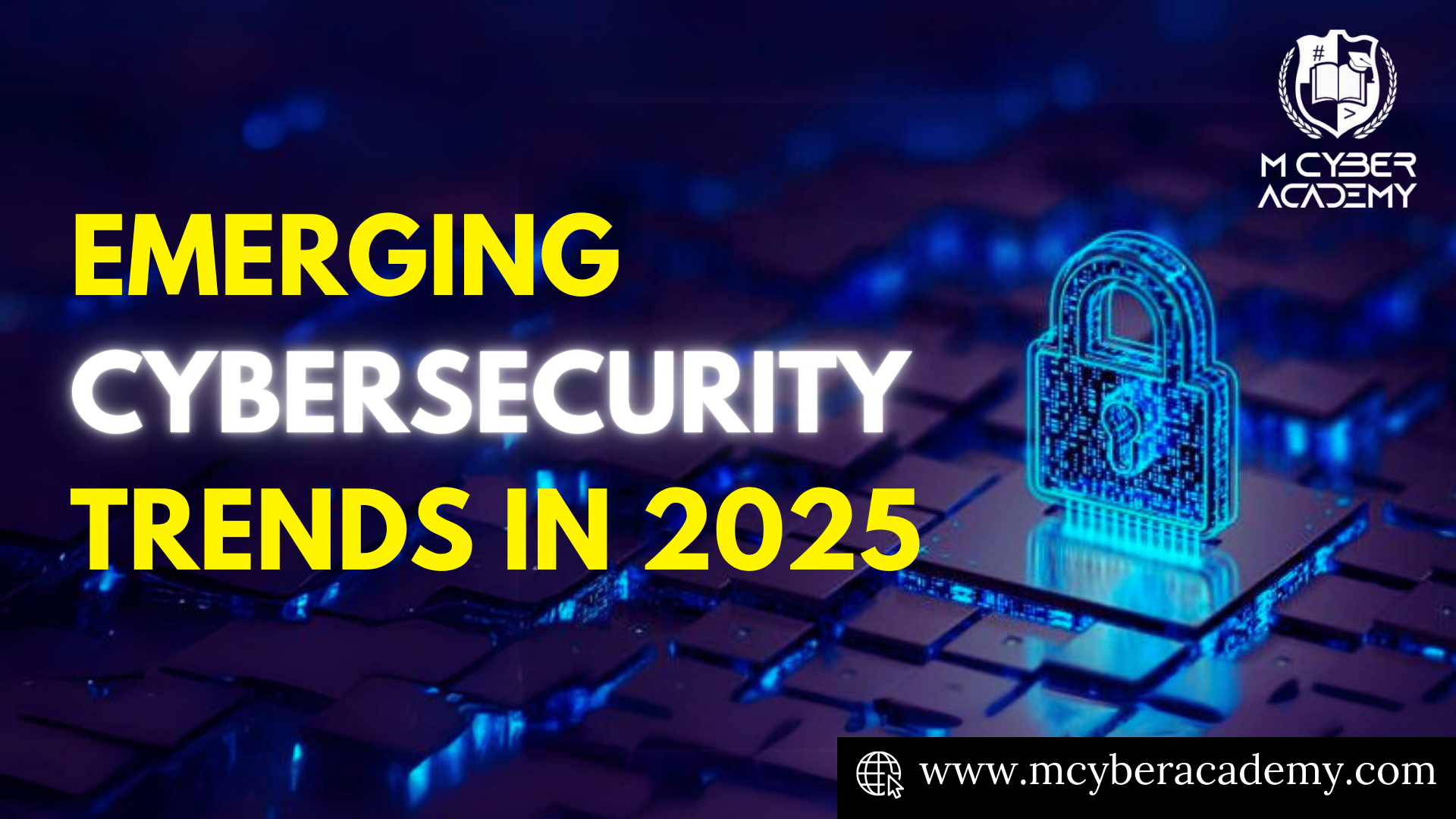
Emerging Cybersecurity Trends and Predictions for 2025
"Explore key cybersecurity trends for 2025, including AI-driven threat detection, zero trust frameworks, and the growing importance of cloud and IoT security. Stay ahead in the dynamic cybersecurity landscape."
Emerging Cybersecurity Trends and Predictions for 2025

As we step into 2024, the cybersecurity landscape continues to evolve rapidly. This article explores emerging cybersecurity trends, offering insights for businesses and professionals to stay ahead in this dynamic field.
AI-Driven Threat Detection and Mitigation
The rise of AI in cybersecurity is reshaping how organizations detect and respond to threats. Using historical data, AI systems predict potential vulnerabilities while automating security tasks, enhancing efficiency, and reducing human errors. Automated cybersecurity solutions are becoming a key focus for improving threat detection systems in real time.
Expanding Role of Zero Trust Security and Mitigating Zero-Day Vulnerabilities
The adoption of zero trust security frameworks is accelerating as organizations strive to counteract sophisticated cyberattacks and address the growing threat of zero-day vulnerabilities. This approach enforces strict access controls, ensuring that every user and device is thoroughly verified before being granted access to critical systems. Integrating zero trust principles with proactive measures to identify and mitigate zero-day exploits strengthens network defenses and minimizes risks. Furthermore, emphasizing multi-factor authentication solutions and adhering to the least privilege principle ensures robust protection against evolving threats.
Cloud Security for the Modern Enterprise
With businesses migrating to the cloud, ensuring robust cloud data security strategies is more critical than ever. Protecting sensitive data, preventing unauthorized access, and managing compliance remain top priorities. The integration of hybrid cloud security measures addresses growing concerns about data privacy and breaches.
Protecting Mobile Devices and IoT Networks
The explosion of IoT devices and mobile applications has created new attack vectors. Strengthening IoT device security and securing endpoints is critical to preventing unauthorized data access and malware attacks. The focus on mobile app vulnerability testing is essential for safe user interactions across devices.
Cyber Insurance: A Growing Necessity
As ransomware and data breaches escalate, businesses are investing in cyber insurance policies tailored to their industry needs. These policies mitigate financial losses and assist in recovery, providing security against cyber liability risks and ransomware recovery costs.
Rising Sophistication of Phishing and Social Engineering Attacks
Social engineering attacks such as phishing, smishing, and vishing are becoming harder to detect. Implementing phishing protection software and running regular employee training programs help reduce these risks. Awareness of email spoofing prevention techniques is crucial in combating these threats effectively.
Role of Ethical Hacking in Cybersecurity
Organizations are leveraging ethical hackers to identify vulnerabilities proactively. Bug bounty programs are becoming a standard to enhance security through penetration testing services. These proactive measures help reinforce cybersecurity frameworks
Final Thoughts
Staying informed about these trends is crucial for businesses and professionals alike. From adopting AI-based solutions to embracing zero trust architectures, 2024 demands an adaptive and proactive approach to cybersecurity . Prioritizing cloud security, securing IoT devices, and mitigating social engineering attacks will be critical for safeguarding digital infrastructure.